Getting new stuff for your home is a great deal of fun. Even better if it’s for the kitchen! Learning how to use these new appliances, however, can be a tricky ordeal.
Take the convection oven, for example. We all know that it’s better than the usual oven, but is that really true? And if it is, how do you use it? Do you just turn it on?
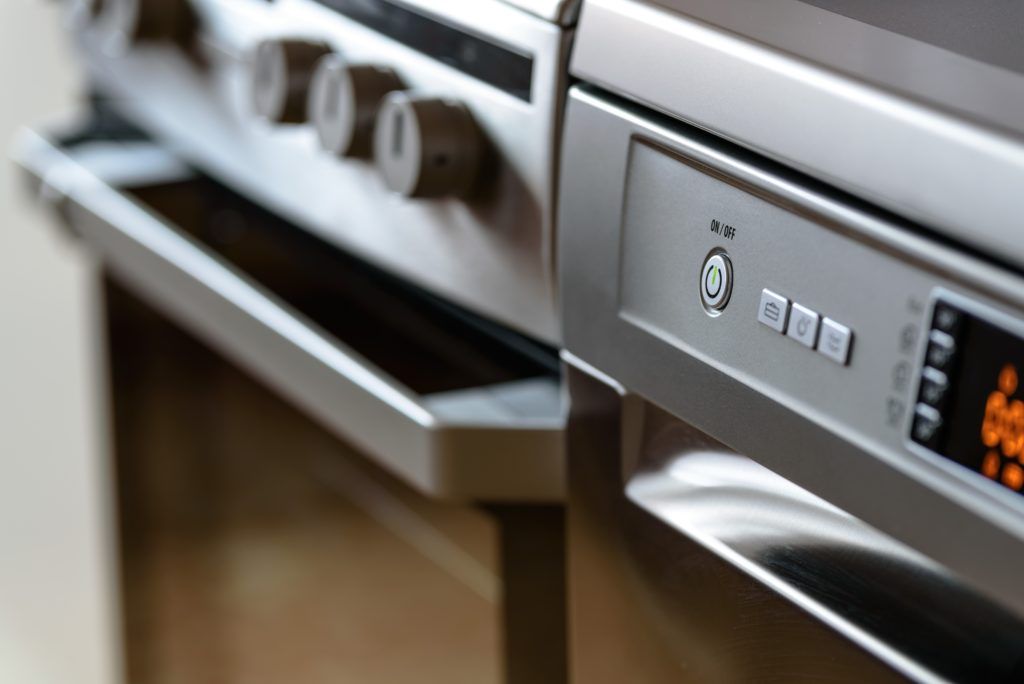
Convection ovens are quickly becoming a favorite tool in the kitchen. Despite their popularity, however, there are still a lot of people who fail to use them correctly.
Convection ovens cook food faster than traditional ovens, but that’s not all they are. Just like learning how to use any type of new gadget, understanding how this fancy new appliance works will help us use it to its fullest potential.
Contents
What is a Convection Oven?
A convection oven, also known as a fan-assisted oven or a fan oven, is oven that (true to its name), has a fan built into its design.
Convection ovens as we know of them today date as far as back as the 60s. Created by the Malleable Iron Range Company, they were ovens that heated food much faster than the usual kind; they were able to do so by including a fan inside the oven cavity.
While the design was made specifically for home use, it didn’t quite catch on, due to how expensive it was.
After a few decades of tweaking, however, the convection oven of today finally hit the shelves: popular, convenient, and affordable.
Convection Oven vs. Conventional Oven
So, what makes the convection oven better than the conventional (aka, normal) oven?
Well, heating food faster doesn’t just mean less time needed to cook – it also means less energy, which means less money spent. The other advantages of a convection oven lie not just in how fast they heat food, but in how they heat food.
We mentioned that convection ovens included fans. This is the main difference between a convection oven and a traditional one.
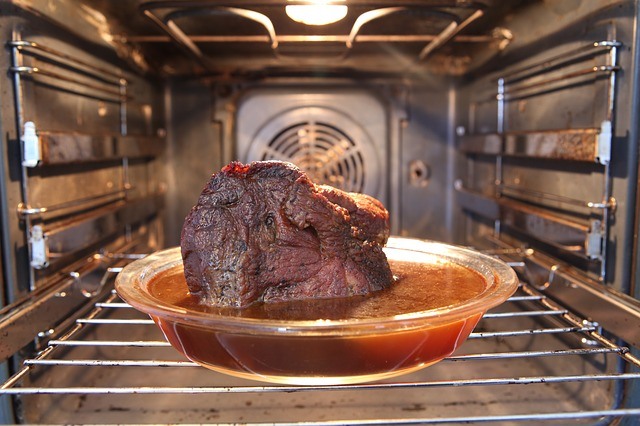
In fact, other than a fan built inside the oven cavity, there isn’t much of a difference between the structure of a convection oven and a traditional oven.
This makes it so that convection ovens can be made to function as a traditional oven. Just push a button and your oven will turn on (or off) the fan built inside, and you can continue cooking the way you please, convection or not.
Cooking with Convection
An oven can be described as an enclosed area with two heating sources situated at the top and the bottom.
These heating sources get their heat from one of two usual sources: gas or electric. This heat is released into the oven cavity, and cooks the food placed inside. Because it radiates from a source, this heat is called radiant or thermal energy.
Of course, you would expect that there is more heat (or radiant energy) present nearer to its source.
You can easily observe this if you have cooked cookies on different racks with a traditional oven; cookies at the bottom and top will always cook faster than the ones in the middle. Sometimes, you’ll end up with cookies burnt at the bottom, while the ones in the middle are still undercooked!
The use of radiant energy is true for both traditional and convection ovens. Only convection ovens, as we’ve mentioned before, have a fan.
In a traditional oven, heat is transferred to the space (or air) inside the oven cavity. In a convection oven, this fan circulates the air within the oven cavity. This effect is two-fold: the oven cavity heats up faster and the heat is distributed more evenly. Of course, all of that adds up to faster cooking times.
However, it should be noted that not all convection ovens are built equally. See, it’s not just the fan that makes an oven convection; it’s the presence of a third heating element.
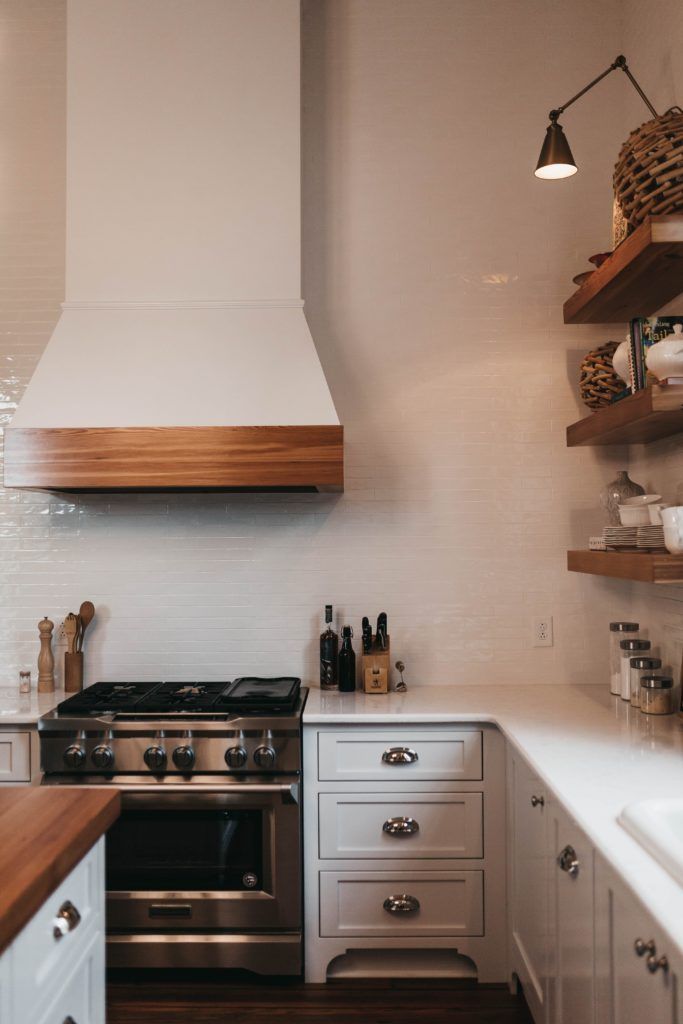
This third heating element is an additional heat source that we’ve mentioned before. Rather than just heating from the top and bottom, this third heating element radiates energy from the back.
This third heating element comes with a fan, situated either within the heating element or directly in front of it. This means that the air produced by the fan will be heated before it is released into the oven cavity.
The presence of this third heating element is what makes an oven ‘true convection’. Some designs may call themselves convection because they have a fan built in; however, without the presence of this third heating element, an oven’s design is not as efficient as a design with ‘true convection.’
In fact, some designs are worse than regular, non-convection ovens.
For example, oven designs can have fans built to take air from the outside of the oven, which leads to unheated air being introduced inside the oven cavity. This results in cold spots and uneven temperatures, potentially ruining the food that you cook.
If you’re in the market for a convection oven, remember to look for this third heating element to ensure that your oven is ‘true convection.’ Other terms for this include ‘third-element convection oven’ and ‘European convection oven.’
Just as there are designs that are bad, there are also designs on the market that fully take advantage of the convection function.
For example, there are ovens that have an exhaust to keep out excess air so that the temperature within the oven cavity remains constant.
There are also designs that filter the air as it is produced, so that food odors do not transfer from one dish to the next.
These functions may be unnecessary for some but important to others; what matters is that your own personal cooking needs are met, whether you’re cooking for an industrial kitchen or for the occasional family dinner.
Here’s a video explaining more on how convection ovens work.
Why Use a Convection Oven?
Some of you may be thinking, “Why should I use a convection oven if it just heats things faster?”
While there are some people who don’t need the faster cooking time, using a convection oven doesn’t just mean speedy baking. Because of the way they are built, convection ovens have a few benefits over traditional ovens.
First, convection ovens can cook dishes more evenly. This is one of the reasons why convection ovens are favored in professional settings.
In a traditional oven, food situated on top and bottom racks cook faster than the one in the middle. Uneven cooking means lower quality dishes.
Additionally. you would need to keep a close eye on your dishes, which isn’t always ideal in a busy and bustling kitchen. With convection, heat is distributed more evenly, which means that all food is cooked at the same time, no matter their placement.
Second, if you’re looking to save money or lessen your energy consumption, then a convection oven is a wise choice.
Since convection ovens heat up faster than traditional ovens, they will need to use less gas or electricity to heat up your food. For both small households and large businesses, this can save a lot of money in the long run, especially if you do a lot of cooking and baking.
How to Use a Convection Oven
The convection function of your oven may seem like a fun extra that you can just click and go, but that isn’t the case. Because of its intense heating ability, there are a few things that you should consider.
First things first, be sure to allow a decent amount of air flow. A convection oven’s ability to distribute heat through air won’t do much good if there isn’t space for it to flow.
There are dishes that lend themselves to good circulation, such as cookies and muffins since they will need to have space between each individual pastry. For other dishes that are more compact, try to create as much space as possible for air to flow through.
One of the ways you can ensure this is by not filling the entire oven cavity with food. If you need to cook a great number of dishes, it may be wise to cook the dishes separately instead of all together.
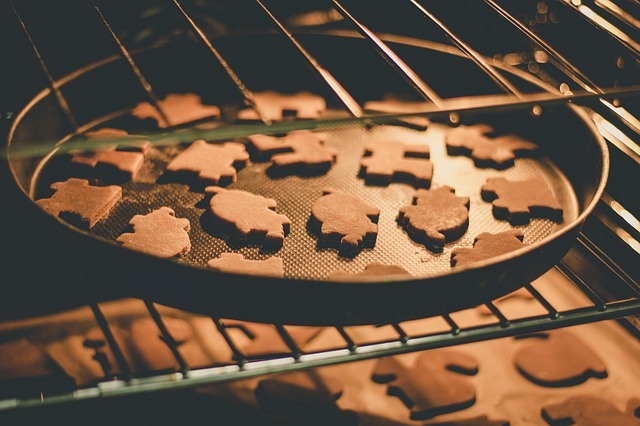
Likewise, opt to use pans that won’t obstruct airflow. Pans with tall sides or profiles may look pleasing and rustic, but they won’t allow your convection oven to do its job efficiently.
Second, when using a convection oven, remember to account for the faster cooking time and higher temperatures. When using a recipe that wasn’t made specifically for convection ovens, it is almost always necessary to make a few tweaks.
As a rule of thumb, shorten the cooking time by 10 to 30 percent. The longer the original cooking time, the more time you can shave off. Alternatively, you can lower the temperature by about 25 degrees than what the recipe originally calls for.
Third, if you haven’t yet cooked a specific recipe in a convection oven, keep a close eye on it. Setting a timer ten minutes earlier than when it should be done can let you check on the dish to see if it needs more cooking time or if it’s burning. In this way, you can prevent your dish from coming out ruined.
To Use or Not Use Convection
While convection cooking seems like it can benefit any dish, there will be some dishes that cannot be cooked properly with a convection setting.
In fact, using a convection setting may create uneven results.
When Not to Use the Convection Setting
As a rule of thumb, delicate dishes should not be cooked with a convection setting.
Dishes that need to “set,” such as flans and cakes, should be cooked only in a traditional oven since hot air will cause them to “set” unevenly.
Other dishes that are off-limits for the convection setting include custards and soufflés.
On the other hand, the effect of a convection setting on bread will depend on how the bread was made. When cooking up a loaf, it is wise to make a test batch first before cooking a large batch. Better safe than sorry!
When to Use the Convection Setting
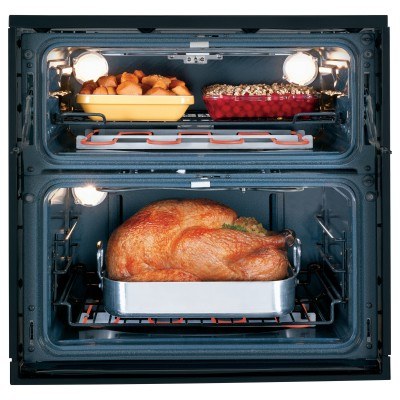
Convection settings are perfect for dishes that won’t be bothered by hot air.
Anytime you need a crisp touch to your dish, such as with roasted meats or even toast, the convection function will deliver excellently since dry, hot air will readily provide a crunchy exterior.
Pastries are also perfect for a convection oven. Should your treat need to puff and rise, convection ovens are ideal since they can heat fat much faster, providing exceptionally fluffy pastries.
Nonetheless, there will be instances when using the convection setting doesn’t add to the quality of the food. These dishes will be those that require a covering, like casseroles, which means that the hot air won’t be reaching the food itself.
However, using a convection setting will cook these types of dishes faster, which can be helpful if you’re in a time pinch.
Here’s a video showing how to make a Thanksgiving dinner in a convection oven.
Convection Ovens are Helpful Tools
Convection ovens are fantastic tools to have in the kitchen and can be a great help in creating the best version of your dishes.
However, at the end of the day, despite how helpful they may be, that’s all they are: tools. As with all tools, it is necessary to understand that they don’t work as an end-all to make every dish better.
In fact, learning how and when to use them can help us in the kitchen more than using the most expensive, top-of-the-line convection oven ever will.
Of course, having a convection oven that you know how to use to its fullest potential can open the doors to new cooking experiences. As with any equipment, don’t be afraid to experiment and don’t be afraid to burn a few dishes.
Nonetheless, whether you find them to be indispensable, or just a fun tool to use on occasion, convection ovens will be there for you when you need them.
What is your favorite convection oven recipe?
